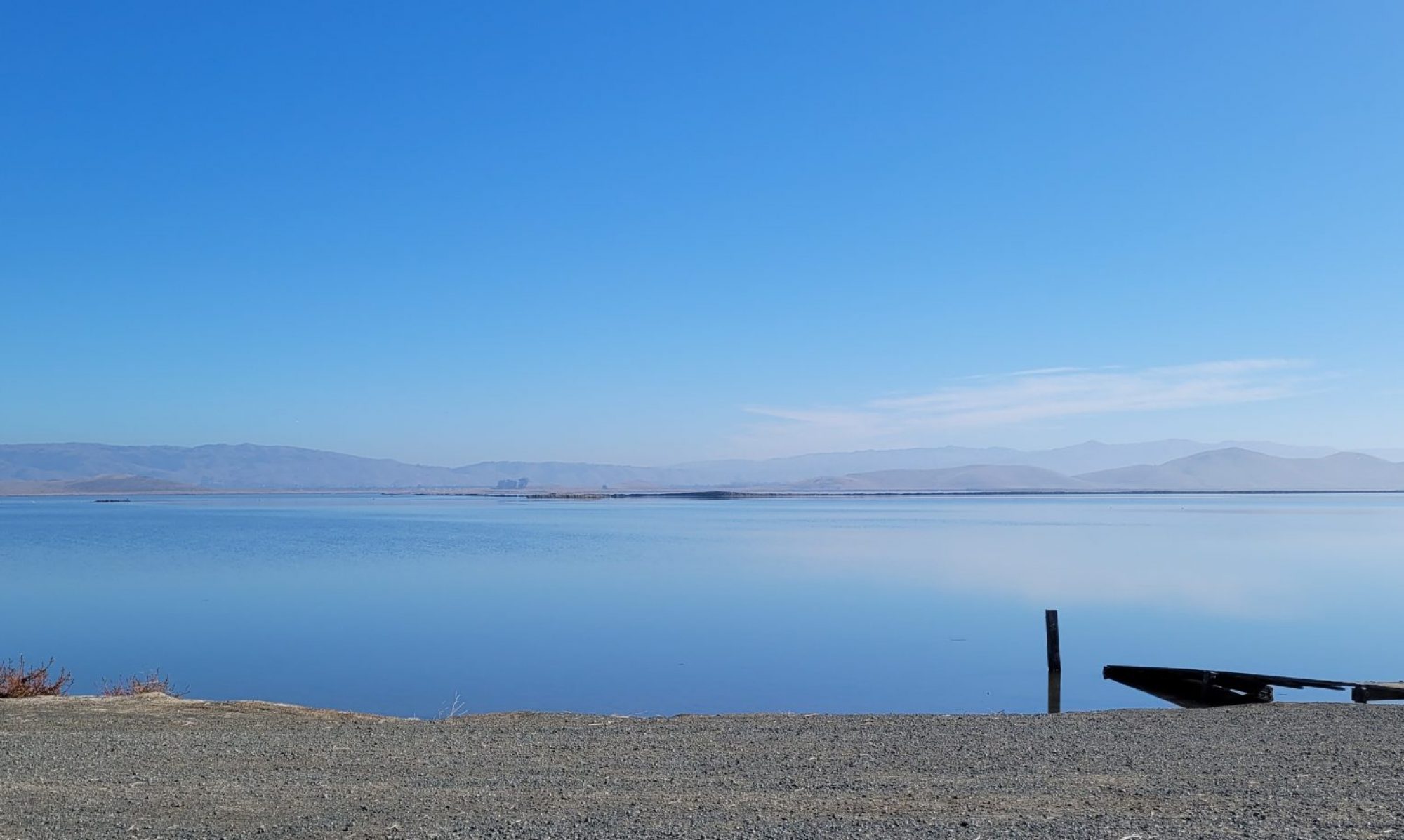
Last month when I was writing about Rubber, I learned about Fordlândia, a rubber plantation/utopia that Henry Ford built in the Brazilian jungle. My word count for that post was too high, so I left out the story. But it’s been rattling around in my head ever since, pinballing to the top every time I read another story about this administration’s obsession with Greenland. Plus, that Santayana quote, the mantra of historians, constantly reminds me to study the lessons of the past. Anybody remember maps which referred to the Belgian Congo? Ever hear of Minimata disease?
Corporations and governments–that is, corporations whose security adopts uniforms and carries a flag–often get the bright idea to get resources cheaply from places where the scrutiny is lax. Of course, corporations and governments aren’t entities unto themselves. It’s the leaders who come up with cockamamie schemes of exploration and exploitation, schemes which lead to environmental devastation, mutilations, genocide. Often, costs vastly outweigh the benefits.
I realize that the moral reprehensibility of those first three evils ought to sway the argument against exploitation, but there’s no moral reasoning, sometimes, with corporations, which suddenly become faceless when there is wrongdoing. I was nurtured at a tender age on cost-benefit analysis, and I sometimes find it makes a persuasive argument when other arguments won’t do. In that spirit, I’d like to offer a few examples from history as reason to pause before we start invading and strip-mining Greenland.
Continue reading “The Folly of Greenlandia”


